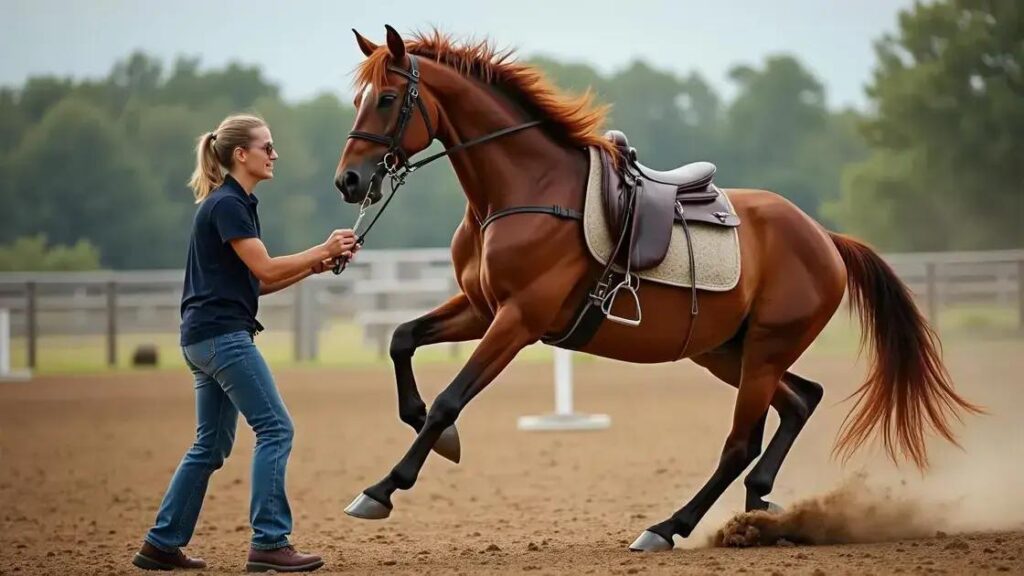Combining the Horse Trick with other training methods can be safe when approached carefully, focusing on gradual introduction, monitoring the horse’s stress levels, and using positive reinforcement to ensure both effectiveness and comfort during training sessions.
The question of whether it is safe to combine the Horse Trick with other methods is crucial for both trainers and riders. Combining different training techniques can lead to improved performance and a deeper bond between horse and rider. However, it is essential to consider safety precautions to avoid potential harm. In this article, we will discuss the specific aspects of the Horse Trick, outline potential risks associated with combining methods, and propose best practices to ensure a safe and effective training experience.
Understanding the Horse Trick
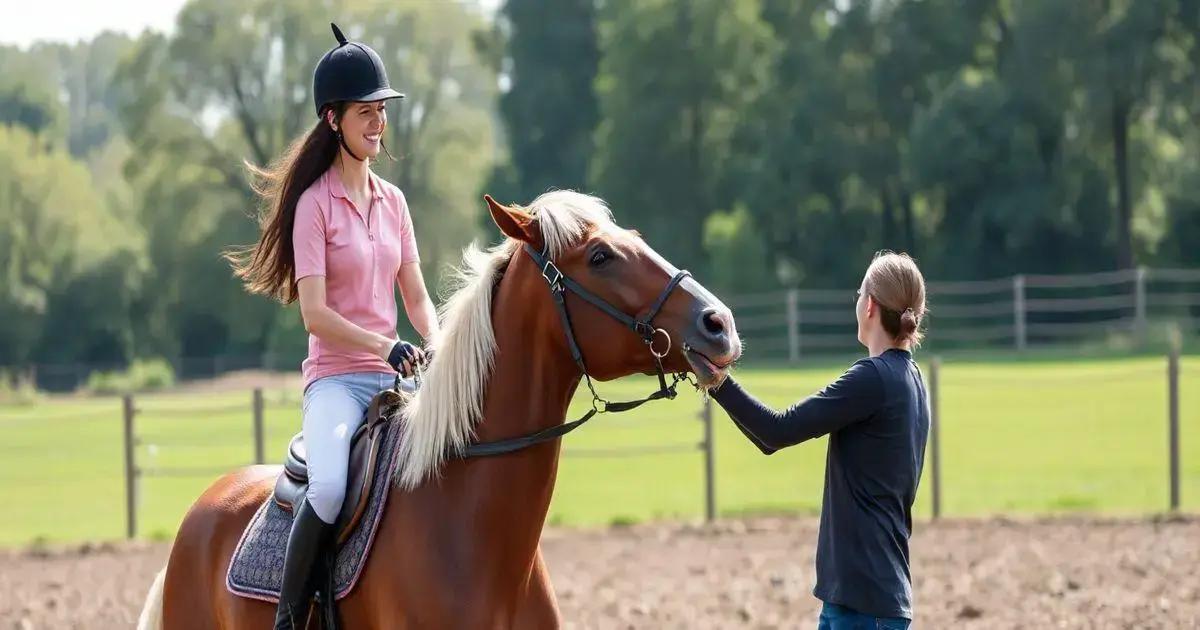
The Horse Trick is a popular training technique used to build a stronger connection between the horse and rider. Understanding this trick is crucial for anyone interested in horse training. The Horse Trick involves a series of movements that help the horse respond better to commands and enhance its agility.
Basics of the Horse Trick
The trick typically includes specific actions like rearing, bowing, or performing circles. Each movement should be taught gradually, ensuring that the horse feels comfortable and confident. Positive reinforcement is vital, rewarding the horse with treats or praises to encourage participation.
Key Components of Training
When training a horse for the Horse Trick, focus on building trust. Establish a calm environment, free from distractions. Begin with simple commands and gradually increase complexity as your horse becomes accustomed to the training.
Why Use the Horse Trick?
Utilizing the Horse Trick can significantly improve your horse’s responsiveness and flexibility. This technique not only prepares the horse for various activities but also deepens the bond between horse and rider. Riders often find that engaging in these tricks enhances the horse’s overall temperament and behavior.
Potential Risks of Combining Methods
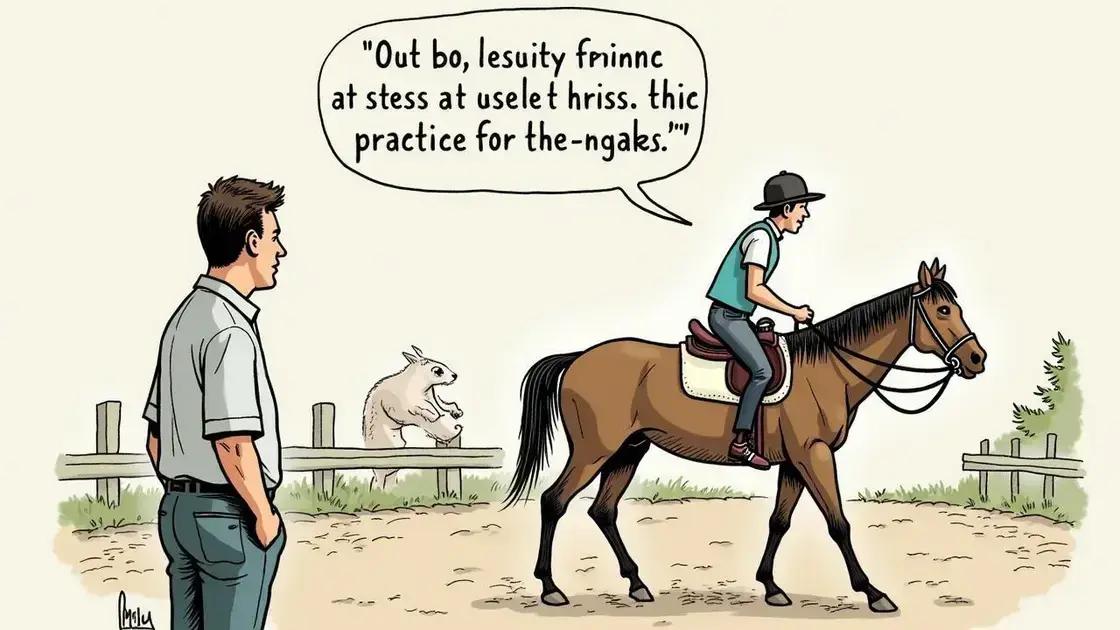
Combining the Horse Trick with other training methods can lead to exciting results, but it also comes with potential risks. Understanding these risks is key to ensuring both the horse’s safety and the success of the training sessions.
Overloading the Horse
One major risk is overloading the horse with too many commands or techniques at once. This can confuse the horse and lead to frustration. It’s essential to introduce new methods gradually and ensure the horse has a solid grasp of each command before adding more.
Increased Stress Levels
When diversifying training techniques, you might inadvertently increase the stress levels of the horse. If a horse feels overwhelmed, it may exhibit negative behaviors, such as resistance or aggression. Always monitor your horse’s body language for signs of stress during training sessions.
Inconsistency in Training
Combining multiple training methods can lead to inconsistency, which can confuse the horse. Inconsistent cues may result in delayed responses and hinder the learning process. Stick to a structured plan, and provide clear and consistent signals to the horse.
Physical Risks and Injuries
Physical risks are also a concern. Certain tricks may put unnecessary strain on the horse’s body, especially if combined with high-impact techniques. Always warm up the horse properly and use appropriate techniques to avoid injuries. Regularly consult with a veterinarian or an experienced trainer to ensure the horse is fit for varied training.
Best Practices for Safe Combination
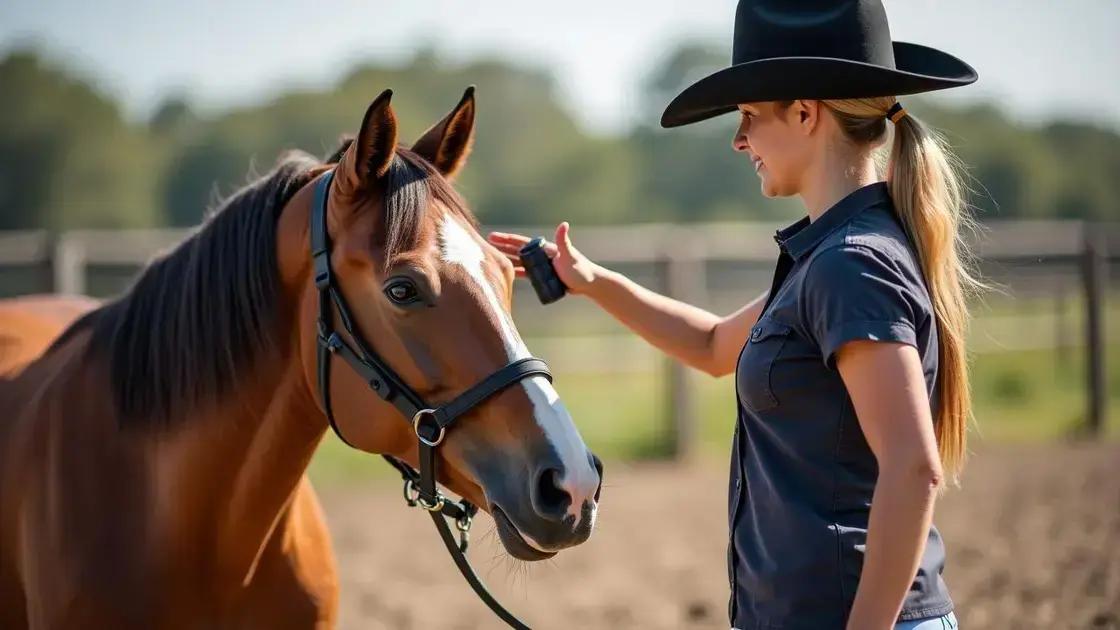
Applying best practices when combining the Horse Trick with other methods is essential for safety and effectiveness. Here are some tips to consider for a successful training experience.
Start Slowly
Begin the combination process by introducing one new method at a time. Allow the horse to master the Horse Trick before utilizing additional techniques. This step-by-step approach helps prevent confusion and enhances learning.
Watch for Signs of Stress
During training, closely monitor your horse for any signs of stress or discomfort. Common signals include tail swishing, ear pinning, and restless movements. If you notice these behaviors, pause the training and assess the situation to ensure the horse is comfortable.
Use Positive Reinforcement
Positive reinforcement is crucial when combining methods. Reward your horse with treats, praises, or pats when it successfully responds to commands. This technique encourages cooperation and makes the training session enjoyable for the horse.
Consult a Professional
If you are unsure about safely combining techniques, consider consulting an experienced trainer. A professional can provide guidance and develop a customized training plan for your horse’s specific needs to ensure safety and effectiveness.
Conclusion: Balancing Safety and Technique
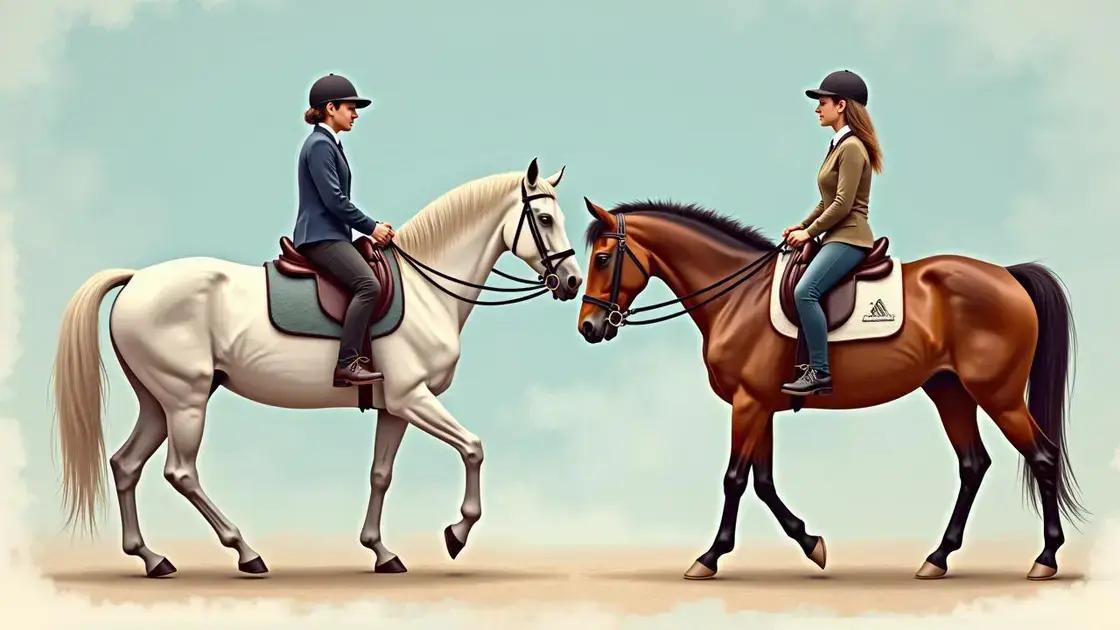
Balancing safety and technique is vital when combining the Horse Trick with other methods. Achieving this balance requires careful attention to detail, both for the horse’s well-being and the effectiveness of training.
Prioritize Safety
Always place safety first. Before commencing any training session, ensure that both you and your horse are in a calm and safe environment. This helps create a positive atmosphere where learning can flourish without risks.
Practice Consistency
Maintaining consistency in commands and cues helps your horse understand expectations clearly. This will lead to fewer misunderstandings and a lower chance of accidents during training sessions.
Educate Yourself
Continually seek to improve your knowledge about horse training methods. Attend workshops, read books, and connect with experienced trainers. Being well-informed allows you to make safer and more effective training choices for your horse.
Monitor Progress
Keep a close watch on your horse’s progress and behavior throughout the training. If you notice any signs of discomfort or fatigue, take a step back and reassess your methods. Adjusting your approach is crucial for a safe and successful training experience.
In Conclusion: Finding the Right Balance for Horse Training
Combining the Horse Trick with other methods can be a rewarding experience if approached with care. The benefits of engaging training techniques can enhance your relationship with your horse and improve its performance.
However, it is important to prioritize safety, monitor your horse’s behavior, and implement best practices to mitigate risks. By doing so, you create an environment where both you and your horse can thrive.
Remember, continuous education and attention to your horse’s needs are essential. With the right balance of safety and technique, you can enjoy a fulfilling training journey.
FAQ – Frequently Asked Questions about Combining the Horse Trick with Other Methods
Is it safe to combine the Horse Trick with other training methods?
Combining the Horse Trick with other methods can be safe if done carefully and with proper precautions to monitor the horse’s behavior.
What should I do if my horse shows signs of stress during training?
If your horse shows signs of stress, immediately stop the training session, assess the situation, and allow the horse to relax before trying again.
How can I effectively introduce new training techniques to my horse?
Introduce new techniques slowly, ensuring the horse fully masters one method before moving on to the next to prevent confusion.
What are some signs that my horse is comfortable with the Horse Trick?
Signs of comfort include relaxed body posture, willingness to engage, and positive responses to commands or cues during training.
Why is positive reinforcement important in horse training?
Positive reinforcement encourages desired behaviors, fosters a fun training environment, and strengthens the bond between horse and trainer.
Should I consult a professional before combining training methods?
Yes, consulting an experienced trainer can provide valuable guidance and help create a safe and effective training plan tailored to your horse.

